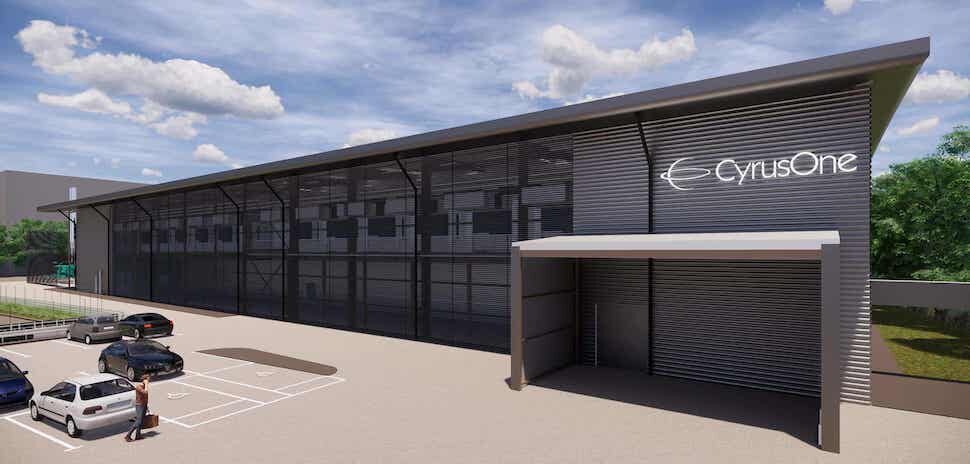Many organizations are struggling to deal with the explosion of data, applications and new technologies that are stretching their IT infrastructure to its limits. Companies often have multiple IT footprints across several locations or may be using their existing footprints in an inefficient manner. In addition, inefficient cooling or power distribution may be causing buildings to operate at less than optimum levels resulting in higher operating costs.
Companies often have multiple IT footprints across several locations.
Therefore, many organizations are turning to data center consolidation by utilizing colocation facilities to reduce and streamline their IT footprint. Colocation solutions provide IT leaders with a way to optimize operations. A consolidated environment will deliver a smaller network and application infrastructure. As a result, businesses require less hardware, including costly items like servers, routers, and other equipment. By reducing the number of servers, an organization can likely standardize on a few critical software applications, enabling companies to decrease operations costs.
A consolidated environment will deliver a smaller network and application infrastructure.
For example, America’s fourth-largest city decided to “go green.” The city of Houston launched initiatives to reduce energy consumption in local government operations with the goals of reducing the city’s carbon footprint, and also making better use of taxpayer money through more effective management of energy and resources.
The city’s nine separate IT footprints were located in data rooms or data closets throughout Houston. Each IT footprint took up a large amount of space and required a great deal of energy to operate the servers and their IT environments. Each IT footprint served different city departments, and many IT services and applications were unnecessarily duplicated across multiple footprints.
Houston’s government consolidated six of its nine office-based IT footprints into two that are now housed in colocation facilities.
Houston’s government consolidated six of its nine office-based IT footprints into two that are now housed in colocation facilities. They have reduced the use of power and cooling for the IT environments by 25 percent, while receiving disaster recovery backup and the opportunity to expand while the city continues to grow.
Take an inventory of the amount of physical space you have left to house your servers. Then, decide if it would be better for your organization to stick to its current plan, or if it needs to expand into a colocation facility. If the answer to the last question was, “yes,” it’s time to contact a colocation facility that can scale existing footprints to support increasingly dense IT deployments; build new data centers to support future growth; and connect several data centers on one platform for disaster recovery needs.
(Photo via istockphoto/mstay)
For a daily dose of what’s new and next in Dallas-Fort Worth innovation, subscribe to our Dallas Innovates e-newsletter.


































